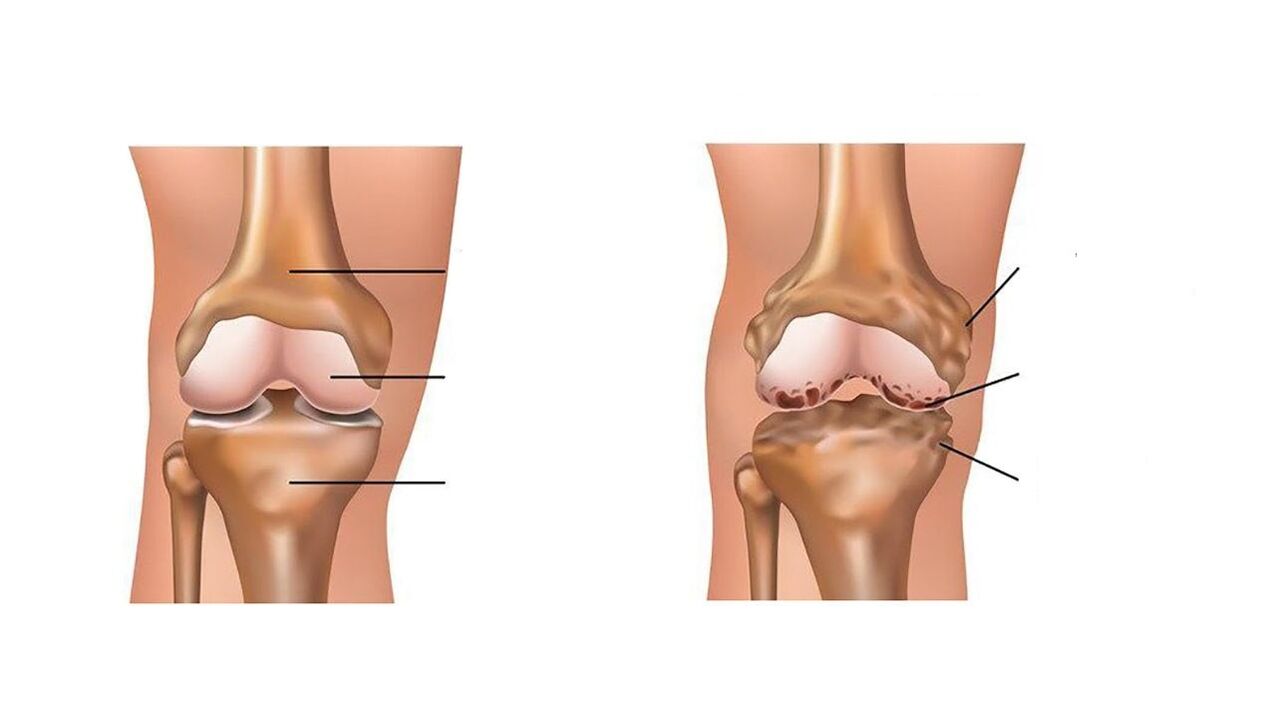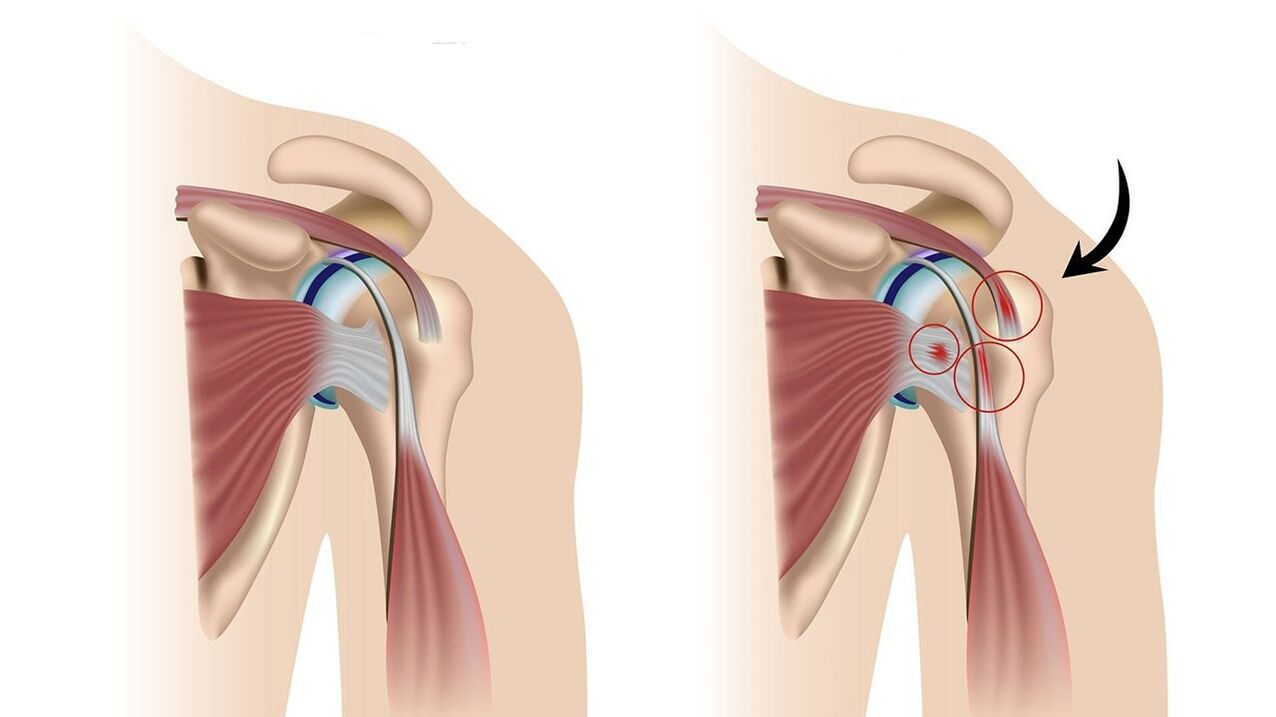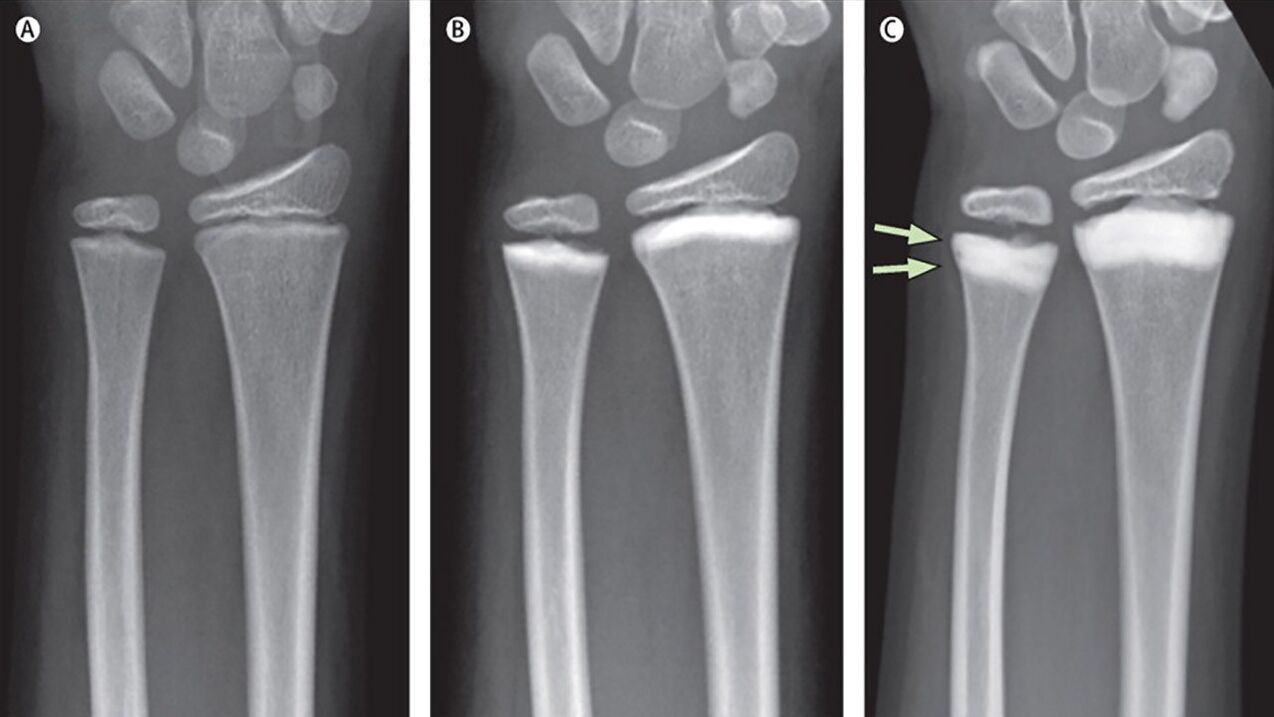Symptoms: joint pain.

Possible causes: trauma, arthritis, arthrosis, osteoarthritis.
Physician: the therapist records the complaint, sends it for examination, and, based on the results, will refer the patient to a physician with a narrower specialization.
Treatment: prescribed individually in each case.
Prevention: reduce the load on the joints, maintain a healthy lifestyle, timely examination by a doctor, diet.
Why do joints hurt?
Joints can be painful for two reasons: arthritis, inflammation of the joint tissue, or arthrosis (osteoarthritis), a degenerative-dystrophic process, namely the destruction of elements of the cartilage of the joint. The diagnosis should be made by a doctor, but you can cope with the symptoms yourself.
Inflammation in arthritis is like a forest fire: it all starts violently, the joints swell and ache terribly even at rest, and when you try to do the slightest movement, the pain only intensifies. The skin in this area turns red and becomes hot to the touch.
With arthrosis, everything is different: the joint breaks down slowly and is not visible at first. Joint pain, at first slight, aching, arises only during movement, is quite borne, increases over time, becomes persistent and severe enough so as to interfere with calmness and sleep. The disadvantage of this pain is that it is delayed in connection with pathological processes occurring in the joint, and occurs only when X-ray pictures show signs of corresponding joint destruction, unfortunately, irreversible. These are the proliferation of the spine (marginal osteophytes) along the edges of the articular surface of the bones that form the joint, narrowing of the joint space and signs of osteosclerosis - areas of pathological increase in bone density. If arthrosis affects one joint, say, the knee, the biomechanics change and the function of nearby joints - the hip and ankle joints - is disrupted. They experience an increase and, at the same time, uneven load and, as a result, wear faster. Thus, arthrosis affects the joint through the joints, and the pain increases and can spread to all new joints.

Kind of pain
The type and nature of the pain sensation depends on the cause.
Joint pain with influenza and acute respiratory infections with a background of high temperature (up to 40 ° C). This pain disappears on its own as soon as the temperature returns to normal, and does not require special treatment.
For arthritis pain:
- sharp,
- painful,
- throbbing
- shoot,
- occurs at rest and increases when performing certain movements,
- give to neighboring areas,
- during palpation it hurts everywhere, all over the surface of the joint, but especially along the joint space.
Periarthritis is especially unbearable - inflammation of the tissues around the joints (bags, tendons and ligaments). How it all happens can be explained with an example of a shoulder joint. First, the joints start to ache. The pain quickly became overwhelming, almost unbearable. It releases to the shoulder blades and into the neck area, intensifying (and often accompanied by cramping) when trying to stretch the arm to the side at shoulder level or bend it to the elbow and bring it to the back of the buttocks. At the end of the clavicle, located at the shoulder joint in the front, and in the same place in the back there is a point of pain. When you press it with your fingers, the pain increases. With such an acute sensation, the joint requires immobilization - the hand should be hung on a handkerchief, try not to move it. This is an important condition for the success of treatment.

Important! as soon as possible to select adequate analgesic and anti-inflammatory therapy after examination. This will reduce the severity of joint inflammation, reduce pain and improve quality of life.
With arthrosis, joint pain is different:
- The pain is initially mild and inconsistent, its character is like a wave-at some point it is not there for weeks or even months. But over time, without treatment, the pain waves become stronger and more frequent, and the gap between them narrows.
- Pain at the beginning: the explosion occurs on the first attempt to take a step, lift the arm, bend over. Then the joints appear to expand, and the pain is relieved.
- Mechanical rhythm - the joints start to ache when you load them. At first, the pain appears with high loads - lifting weights, climbing stairs, long walks, playing sports. Then, even small movements echo the pain. But at the same time, unlike the unpleasant sensation of arthritis, the pain in arthrosis disappears when you rest on the joints, provide solace. That’s why doctors discuss mechanical rhythms: movement causes pain, and rest relieves it.
- Night discomfort. There is no pain when resting like that, but lying is uncomfortable, all the time you want to change your posture, find a position where you can forget about the joints and spine, but it does not work. Joint pain, and that's it! Morning shackles: wake up, there is no pain yet, but as if you are chained or wrapped tightly-the joints are not compliant, but gradually the feeling of stiffness disappears, the distance of movement at the joints is restored.
- Protective posture. When the joints hurt, you want to take what is called an antalgic - an analgesic position, where it becomes easier. This is best seen in the example of the spine: it is also made up of joints. When one of them is pinched, and thus the nerve root enters the vice bone, there is acute pain based on sciatica. Anyone can diagnose a person with sciatica after seeing how the poor person is distorted. In fact, with the help of this "tendency", which is supported by muscle spasms, the body strives to reduce pain to a minimum.
Osteoarthritis of the hips and knees
Pain with lesions in the hip joint (and most often suffering on one side) is localized in the upper thigh and radiates to the knee. He usually starts to get sick in the second half of the day, when he is already working a lot. The pain increases with walking, and at rest it weakens and disappears.
The knee joint most often suffers from both at once. They bend easily, and begin to ache when bending. The so -called stair symptoms are characteristic of knee lesions. Descending from it becomes more painful than climbing; the patient does this by turning to the side. Sometimes a joint is affected in a bent position because of bone growth (osteophytes) or its fragments (such as the "loss" of bone fragments in a joint called "articular mice"). Joint blockage is accompanied by increased pain when trying to bend or straighten it.
Mobility problems in the knee are not always associated with arthritis. Sometimes a joint wedge can be "wrong". Among the most common causes of pseudoblock knees are:
- Edema (excess fluid in the joint capsule can interfere with full flexion and elongation of the joint).
- Inflammation (inflammation of the tissues in the knee, as in rheumatoid arthritis and gout).
- Improper knee movement in the joint (accompanied by severe pain).
- Irritation of the tissues lining the joints.
- Knee Injuries (Any serious knee injury, such as a sprain, can cause muscle spasms).
Important! If the joint is blocked, active movement of the joint is not possible, it is necessary to seek medical help from an orthopedic traumatologist as soon as possible - emergency room, clinic, hospital. Don’t hesitate to call an ambulance - this is a good reason to call it, as you won’t be walking far with one foot and even you may not get to the clinic on your own.
Diagnostics
With the nature of the pain and the appearance of the affected joint, an early diagnosis (arthritis or arthrosis) can be made even by a non -specialist. But rushed to the county clinic to confirm his assumptions!
Which doctor should I go to?
If you have joint pain, you should make an appointment with a local therapist. He performs the function of a medical officer: he records clinical complaints and symptoms, directs patients to be examined and, based on the results, decides which doctor to consult with each particular patient. Various experts are involved in maintaining joint health:
- arthrologist.
- orthopedic traumatologist.
- rheumatologist.
- vertebrologist (if spinal joints are affected).
- podiatrist (related to foot joints).
- surgeons.
- oncologist.
- neurologist (if the joint has been treated, but the pain remains in it).
- dietitian (if joints ache due to metabolic disorders, such as gout, or if there is overweight).
What tests need to be passed and research needs to be done?
Examination begins with the simplest - clinical blood tests (from fingers) and biochemical (from veins) for signs of inflammation, as well as general urine tests. In some diseases of the joints, the kidneys are involved in pathological processes. Excess uric acid in the urine may indicate gout as a cause of joint disease.
Laboratory studies of synovial fluid, which is in the joints, help detect the inflammatory process and explain its nature. It is obtained by puncture of the joint capsule - puncture. If necessary, histological examination of a piece of synovial membrane lining the joint cavity from the inside is performed.
The proven diagnostic method is X-ray of the joint in two standard projections. It will help visualize joint space narrowing, bone growth, osteoporosis and osteosclerosis (areas of decreased and increased bone density.

Currently, comprehensive information on the condition of the joints is provided by magnetic resonance imaging.
What joint disease can cause pain?
There are more than a hundred such diseases. In the elderly, arthrosis is widespread, and at a young age, rheumatoid arthritis and injuries (bruises, fractures, ligament injuries).
"Along with arterial hypertension, commonly referred to as hypertension, joint disease is the leading cause in the list of most common reasons for seeking medical help. And chronic pain patients experience at the same time and therefore they cannot live and work fully not only medically. , but also an important social problem, - says a doctor of medical sciences, professor of the department of rheumatology. - Of all the diseases of the joints, arthrosis is the most common. 97% of those over the age of 65 suffer from this disease. And if we talk about the diseasechronic inflammation of the joints - arthritis, here rheumatoid arthritis appears. It is also not a gift, and not just because of the pain syndrome: in 3-5 years after its onset, this type of arthritis will inevitably end with the assignment of disability groups to patients. "
How to get rid of joint pain immediately?
Analgesics can relieve pain quickly: pain is intolerable under any circumstances, if you do not want it to turn from acute to chronic. This metamorphosis can happen quickly - in 3-4 weeks, so getting rid of joint pain is necessarily an urgent task. The joints start to ache as soon as you put pressure on them. Therefore, in case of pain, nonsteroidal anti-inflammatory drugs (NSAIDs) with good analgesic effect should be taken half an hour before any physical activity.
If joint pain worsens at night, in addition, before bedtime, the doctor will recommend taking metamizole sodium, as well as drotaverine with nicotinic acid to improve local blood circulation.
Local therapy
NSAIDs have great side effects - they can cause damage to the gastric mucosa to the formation of boils, so they try to apply them topically, as part of all types of ointments and gels with anti -inflammatory and analgesic properties. They are usually rubbed into the skin on the affected joints twice a day. The pain is also relieved by a special plaster with magnetic powder, which is affixed to the joints or spine.
What happens if the joints are not treated?
Joint disease, if left untreated, can lead to loss of freedom of movement and disability. If one or more large joints are affected, they can be replaced with artificial joints. Damage to various joints (polyarthritis), as a rule, is a consequence of common diseases of the body, for example, psoriasis. In this case, it is more dangerous if starting the disease, because the disease develops quickly and can kill your life quickly.
In conclusion
Joint pain is common to almost everyone, and it occurs for two main reasons - due to inflammation (arthritis) or destruction of bone and cartilage (arthrosis). Interestingly, the joints in the arms and legs hurt in different ways. In the upper limbs, in contrast to the lower ones, usually the joints are not affected, but the surrounding tissues (tendons, ligaments, bags). This is due to the different types of loads experienced by the arms and legs - dynamic and static, respectively. Joint pain should be overcome from day one: the prospect of disability in the next 10-15 years is very exciting for people. As part of the prevention of joint disease, it is important to lose extra weight to reduce stress on the joints, and address the corresponding pathology (allergies, diabetes mellitus).































